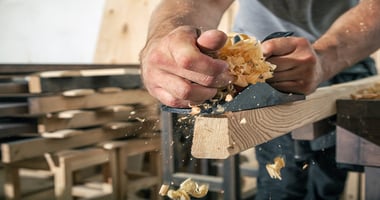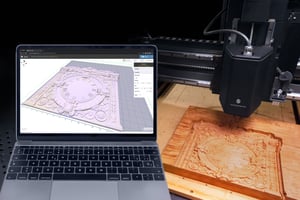The finish of your custom cabinets plays a significant role in the overall appearance and...
The Art of Joinery: Exploring Traditional and Modern Techniques for Creating Stunning Cabinetry

Joinery is the backbone of quality cabinetmaking, with various techniques offering both form and function in woodworking. Mastering traditional and modern joinery methods allows you to create stunning, durable cabinetry that showcases your craftsmanship. In this blog, we'll delve into the art of joinery, exploring a range of techniques for producing exceptional custom cabinets.
- Dovetail Joints:
Dovetail joints are a classic and strong method of joining wood at right angles, commonly used for drawer construction. The interlocking design of dovetails offers excellent resistance to pulling apart and adds visual interest. Dovetails can be hand-cut or created using a router and dovetail jig.
- Mortise and Tenon Joints:
Mortise and tenon joints have been used for centuries to create strong, stable connections in woodworking. The tenon, a protruding piece of wood, fits snugly into the mortise, a corresponding cavity. This joint is particularly suited for cabinet door frames and can be reinforced with glue or dowels.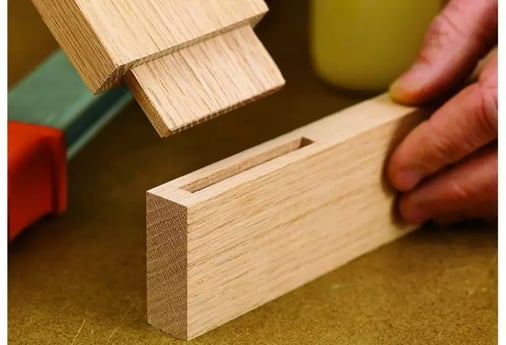
- Box Joints:
Box joints, or finger joints, are similar to dovetails but feature square interlocking fingers. These joints provide a large glue surface area, resulting in a strong connection for corners of drawers and boxes. Box joints can be cut with a table saw and a specialized jig or a router and a finger joint template.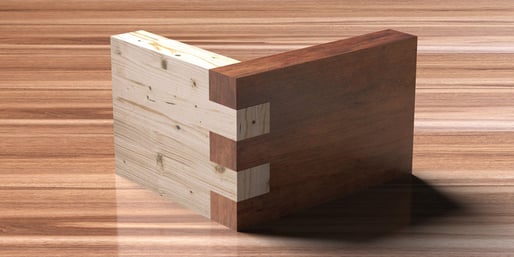
- Biscuit Joints:
Biscuit joints use oval-shaped, compressed wood biscuits and slots cut into the wood pieces to align and strengthen joints. This method is particularly useful for edge-to-edge joining, such as in cabinet carcasses or shelving. Biscuit joinery requires a specialized tool called a biscuit joiner or plate joiner.
- Pocket Hole Joints:
Pocket hole joinery involves drilling angled holes into one piece of wood and using self-tapping screws to connect it to another piece. This technique is popular for its simplicity, speed, and hidden joinery. A pocket hole jig is necessary for precise drilling and consistent results.
- Dowel Joints:
Dowel joints use cylindrical wooden pins to align and strengthen joints, such as in cabinet carcasses and face frames. Dowel joints can be created using a doweling jig and drill or a specialized dowel joiner. Dowels provide a clean, hidden joinery option and can be glued for added strength. - Dominos:
Developed by Festool, the Domino joinery system utilizes a specialized tool called the Domino joiner, which creates mortises for loose, rectangular tenons called dominos. This technique combines the strength of traditional mortise and tenon joinery with the simplicity and speed of modern tools.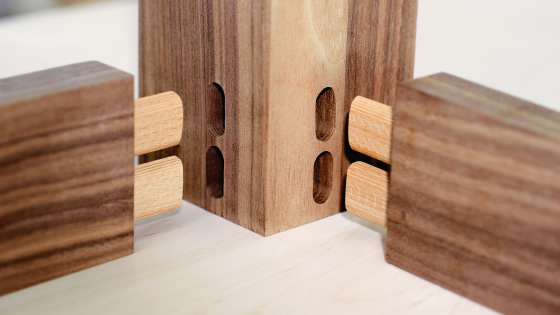
- Rabbet and Dado Joints:
Rabbet and dado joints involve cutting grooves and notches in wood pieces to accept mating parts. Rabbet joints are used for connecting cabinet sides to the top and bottom, while dado joints are often used for inserting shelves or dividers. These joints can be cut with a table saw, router, or hand tools.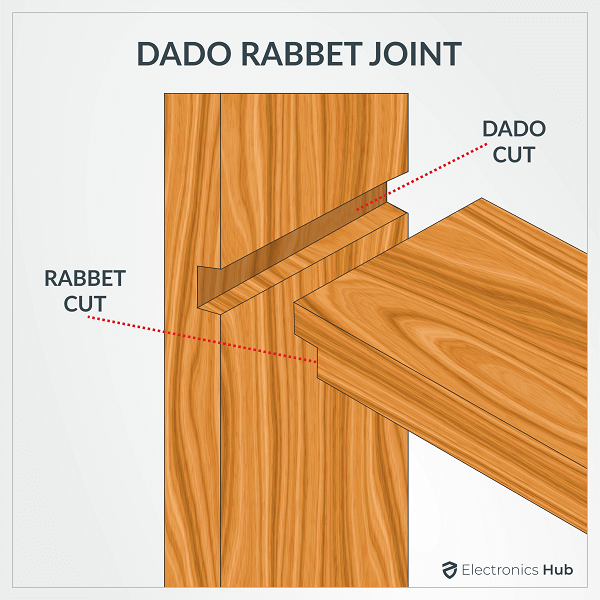
Conclusion:
By mastering both traditional and modern joinery techniques, you can create stunning custom cabinetry that stands the test of time. Understanding the strengths and applications of each method will enable you to select the best joint for each project, showcasing your skills as a craftsman and producing beautiful, durable work.



